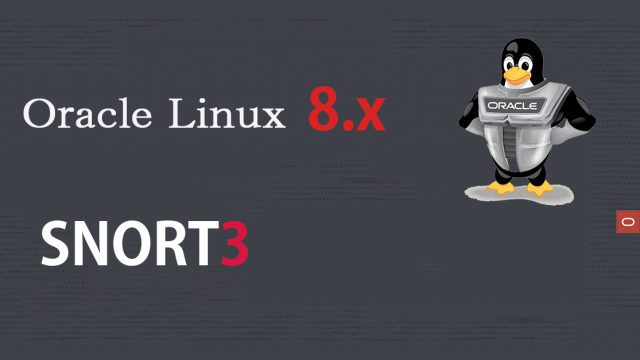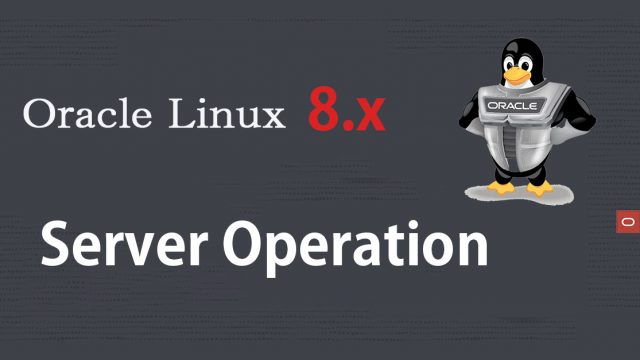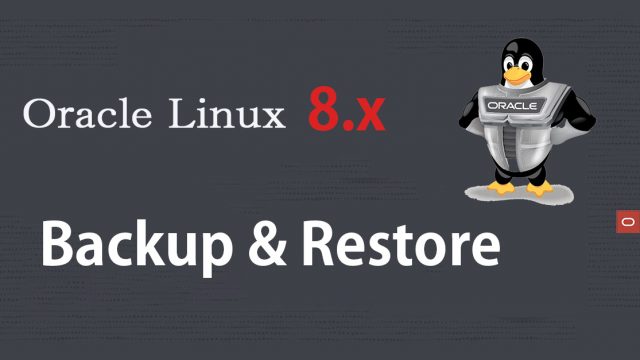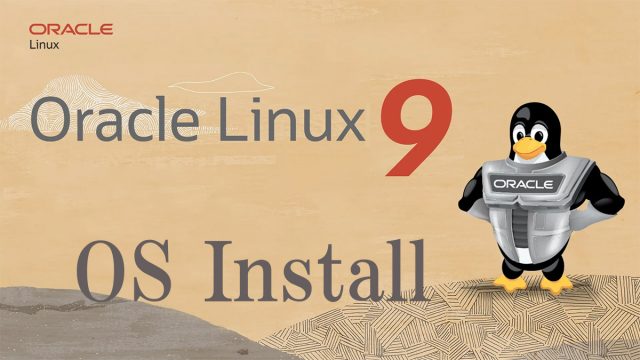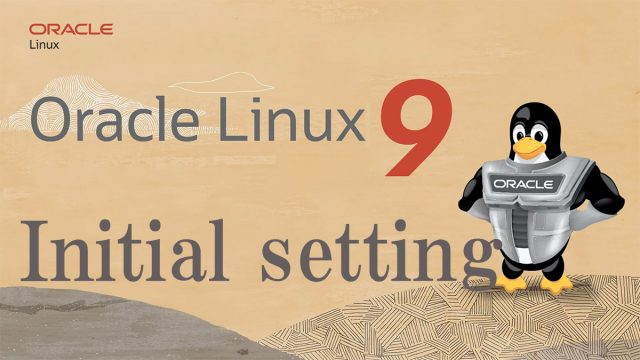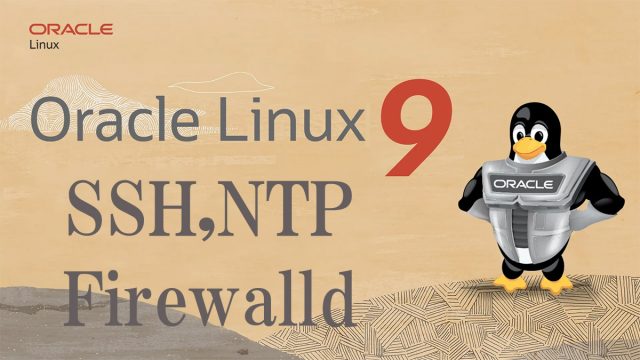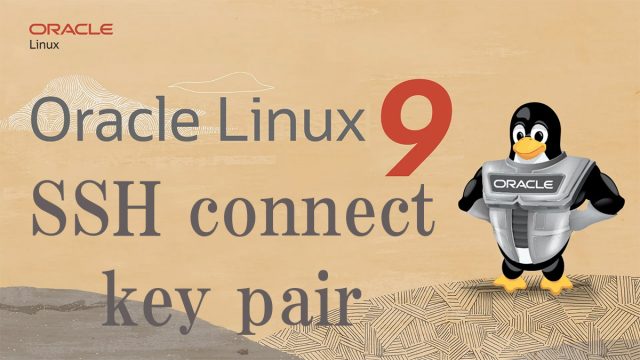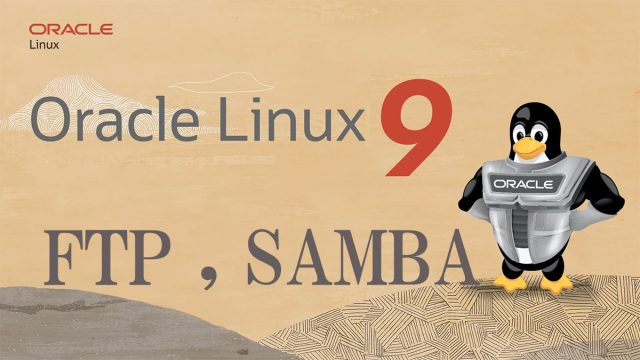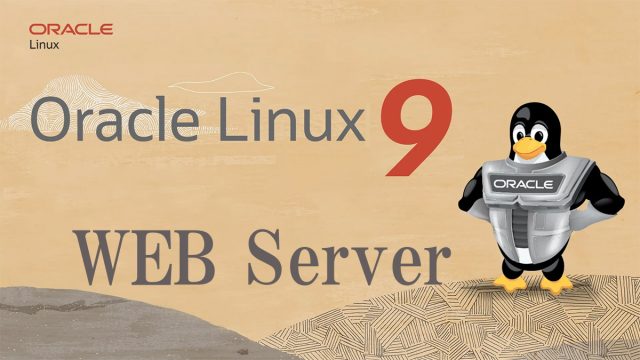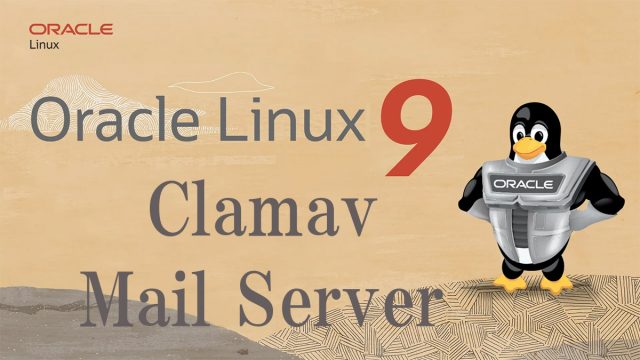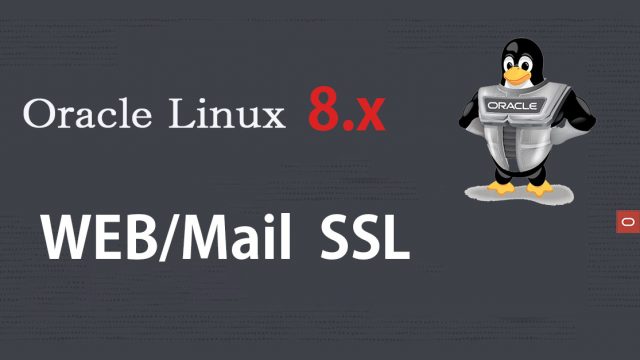 OracleLinux8.10_en
OracleLinux8.10_en OracleLinux8.10 : SSL Certificate Acquisition( Let's Encrypt ) , WEB/Mail server SSL
1. SSL Certificate Acquisition ( Let's Encrypt )Install the latest open ssl# dnf install openssl-devel1.1 advance preparation1.Package management system Snappy installationSince the SSL certificate issuing tool "certbot" of Let's Encrypt is recommended to be installed using "snap" after 2021, install Snapd first.(Can also be installed the traditional way with dnf or yum)2. Converting Apache to httpsInstall the following# dnf -y install mod_ssl2.1 Edit ssl.conf file3. SSL/TLS (Let's Encrypt) settings on the mail server3.1 Obtaining a certificate for the mail serverObtain a certificate for the mail server, but it cannot be obtained in the same way as above, so the following with the "--standalone" option fails.



